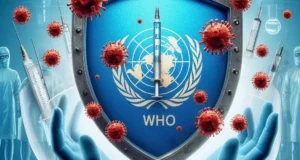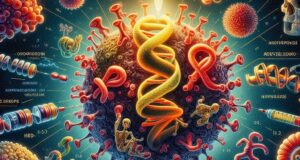Imagine a river flowing quietly through a city. Clean, life-giving, and essential. Now imagine that someone upstream pours in a single drop of poison. That toxin doesn’t stay in one place—it travels silently with the current, reaching people who never even saw it coming. This is how bloodborne transmission works—the silent spread of disease through blood, often unnoticed until it’s too late.

When we ask, AIDS—where did it come from?, we’re not only exploring the virus’s origins in Africa, or how it crossed from animals to humans. We’re also uncovering how it spread across the globe, quietly riding within the very substance that sustains us—blood.
Bloodborne transmission refers to the spread of infection through contaminated blood, either directly through blood-to-blood contact or indirectly via tools like needles, transfusions, or even from mother to child during childbirth if precautions aren’t taken. It is one of the main pathways through which HIV, the virus that causes AIDS, infects new hosts.
To truly grasp the concept, think of blood as a kingdom’s main highway. It carries oxygen, nutrients, and immune cells—the army of the body. But when HIV enters the bloodstream, it disguises itself and uses that same highway to spread its reach. A single contaminated needle or an untested blood transfusion becomes the smuggler’s cart, sneaking the virus deep into the heart of the fortress.
In the early days of the AIDS pandemic—yes, AIDS became a global pandemic in the 1980s—this method of transmission played a devastating role. Hospitals unknowingly transfused contaminated blood, and people who used shared needles for drug use became some of the earliest victims. Even hemophiliacs—patients who relied on blood products to survive—were tragically infected. That’s when the world began to ask: AIDS—where did it come from, and how is it spreading so fast?

Unlike airborne viruses, HIV is not spread by casual contact, coughing, or shared utensils. It requires direct access to the bloodstream, making bloodborne transmission both deadly and deceiving. It’s not about being near someone who’s sick—it’s about an unseen exchange of life’s most vital fluid under specific conditions.
Today, thanks to science, the risks from bloodborne transmission have been drastically reduced. Blood donations are rigorously screened, and safe injection practices are taught and encouraged worldwide. Still, the risk exists, especially in areas with poor medical infrastructure or among communities with limited awareness.
What makes bloodborne transmission so dangerous is how invisible it can be. You can’t see HIV in blood. A person might look and feel completely healthy, yet still carry the virus. That’s why education and prevention are crucial weapons in this war.
So again, we ask: AIDS—where did it come from? It flowed silently, often in contaminated syringes, untested transfusions, or even during the miracle of childbirth. It moved in shadows, and it taught humanity a hard lesson—that even life’s purest carrier, blood, can become a vessel of devastation when we are unaware.
In the end, understanding bloodborne transmission isn’t just about HIV or AIDS. It’s about vigilance, compassion, and the responsibility we carry—because one careless act can open a door, and one drop of infected blood can change a life forever.




